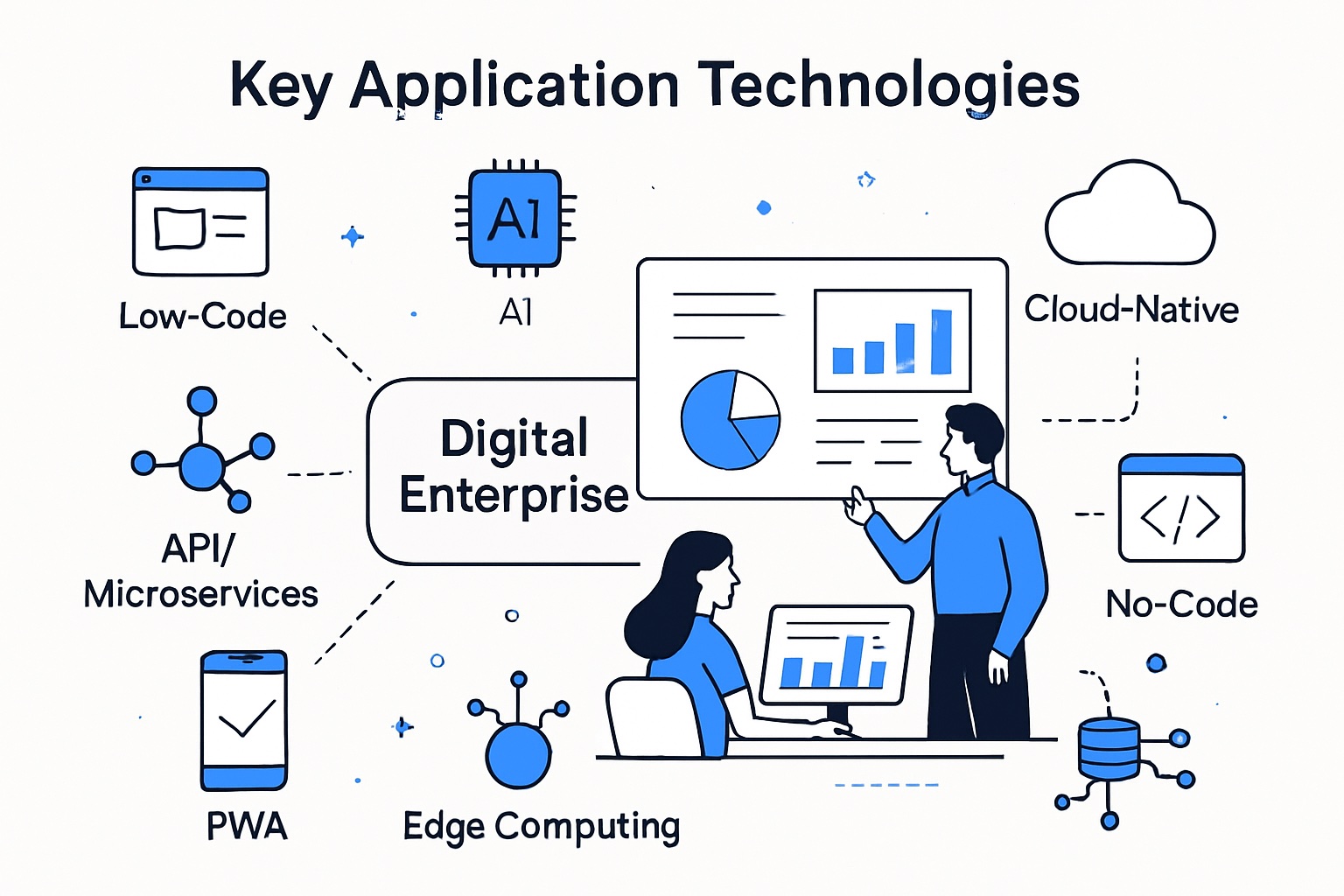Artificial intelligence is revolutionizing the way we code, with innovations arriving faster than ever before. What once took hours of manual work can now be streamlined in minutes, thanks to the latest ai tool for code.
In 2025, these AI-powered solutions are reshaping software development for developers, startups, and enterprises alike. They boost productivity, improve code quality, and spark new waves of innovation.
This article reviews and compares the 7 best AI tools for code solutions, giving you a clear roadmap to pick the perfect fit. You'll get an overview of standout features, pricing, target users, and honest pros and cons.
Ready to code smarter, faster, and with more confidence? Dive in for practical insights and actionable recommendations that will future-proof your development workflow.
The Rise of AI in Code Solutions
The landscape of software development has changed dramatically, thanks to the rapid integration of AI tool for code solutions. Developers now rely on intelligent assistants that not only speed up coding but also spark new levels of creativity and efficiency. Let’s explore how this evolution unfolded, the benefits it brings, the latest market trends, and the challenges every team should consider.
Evolution of AI in Software Development
The journey from simple code analyzers to today’s advanced AI tool for code solutions is remarkable. In the early days, static analyzers flagged syntax errors or code smells, but offered little beyond basic feedback.
Key milestones include:
- Introduction of machine learning for code prediction
- Emergence of natural language-to-code models
- Launch of real-time, context-aware code assistants
These breakthroughs have redefined developer workflows. Instead of manual boilerplate, developers now get intelligent suggestions, reducing repetitive tasks and boosting productivity. AI has become not just a helper, but a trusted coding partner.
Benefits of AI Tools for Coding
The advantages of using an AI tool for code are clear and impactful for teams of all sizes.
- Higher code quality: AI catches bugs early and suggests best practices.
- Significant time savings: Fast autocompletion and code generation speed up delivery.
- Inclusive development: Even non-developers can create prototypes with AI assistance.
These tools empower teams to focus on problem-solving and innovation, rather than getting bogged down in repetitive coding chores. As a result, software projects move faster from idea to reality.
Current Market Trends & Adoption Rates
Adoption of AI tool for code platforms is surging in 2025. Enterprises and startups alike are integrating these solutions into their workflows, driven by the need for speed and quality. According to Global Adoption of AI in Coding, generative AI tools are now standard in many organizations, with measurable boosts in productivity and efficiency.
Notable trends include:
- Increased investment in AI-powered development environments
- Large-scale upskilling programs for AI-assisted coding
- Major tech firms embedding AI deeply into their software pipelines
The market’s rapid growth shows no sign of slowing, as more teams experience the tangible benefits of this technology.
Challenges and Considerations
Despite the promise, every AI tool for code comes with its own set of challenges.
- Limitations: AI can generate incorrect or insecure code, especially in novel scenarios.
- Security and privacy: There are concerns about exposing proprietary code to external AI models.
- Ethics and oversight: Responsible use requires human review and adherence to best practices.
To maximize value, teams must balance automation with human judgment, ensuring that AI augments, rather than replaces, critical thinking and security protocols.
7 Best AI Tool For Code Solutions in 2025
Choosing the right ai tool for code can completely transform your development workflow in 2025. Whether you’re a solo coder, part of a dynamic startup, or leading an enterprise team, the right AI can supercharge productivity and deliver cleaner, faster results. Here’s a detailed look at the top seven AI-powered coding tools making waves this year.
GitHub Copilot
GitHub Copilot stands out as the most recognized ai tool for code in the market. Backed by GitHub and OpenAI, Copilot has become a staple for developers aiming to boost productivity and code quality.
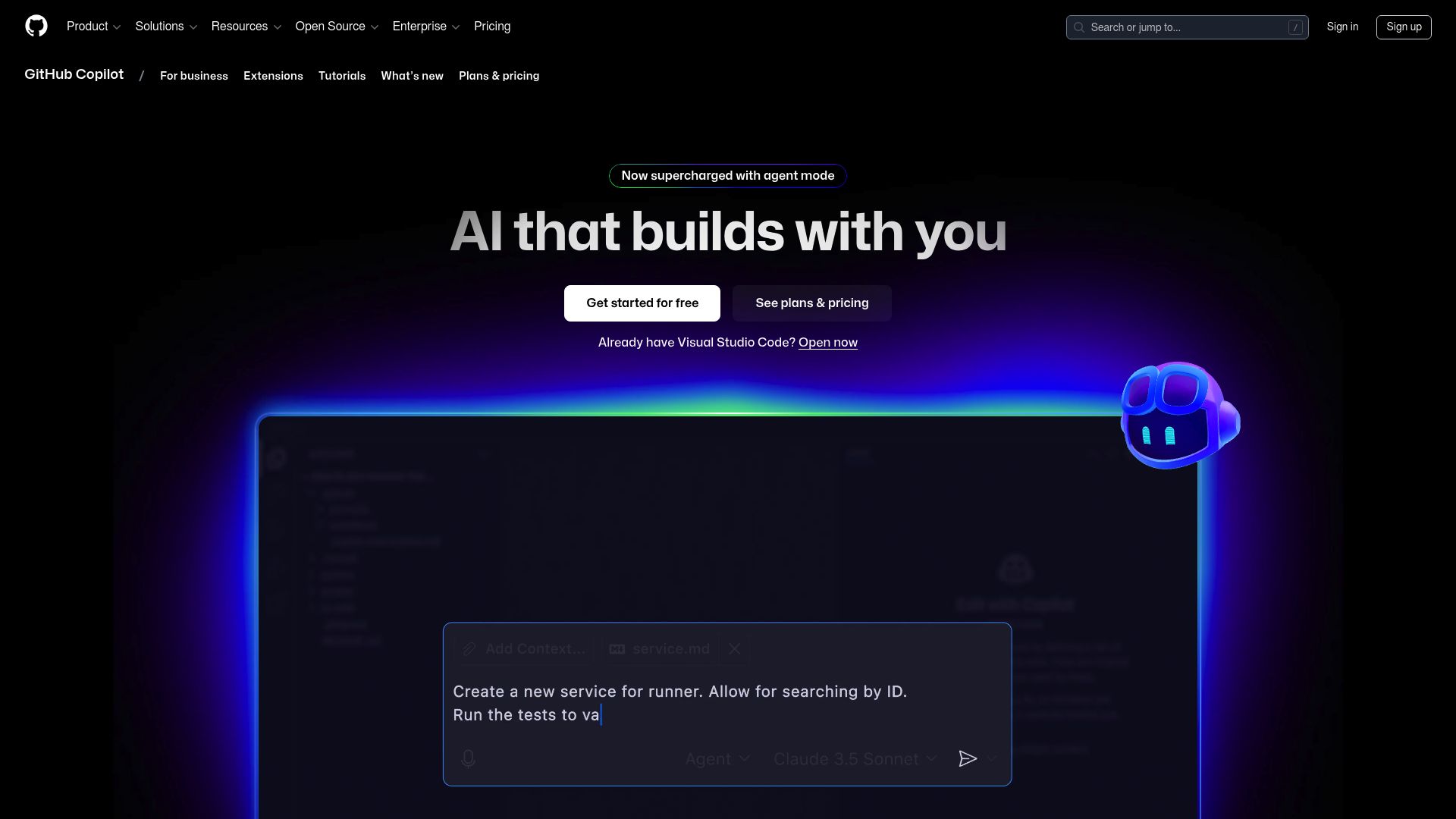
Pricing:
- $10/month for individuals
- $19/month for businesses
Core Features:
- Context-aware code suggestions
- Support for dozens of programming languages
- Seamless integration with Visual Studio Code, JetBrains IDEs, and more
Key Benefits:
GitHub Copilot accelerates the coding process by providing smart, context-driven suggestions. It helps eliminate repetitive tasks, making coding sessions smoother and more efficient. Integration with the broader GitHub ecosystem means you can leverage Copilot directly within your workflow.
Target Audience:
- Professional developers
- Teams
- Open-source contributors
Pros:
- High accuracy due to extensive codebase training
- Multi-language support
- Strong ecosystem integration
Cons:
- Occasionally provides irrelevant or generic suggestions
- Some lingering concerns about code privacy and proprietary code use
Productivity Impact:
A recent study on AI's Impact on Developer Productivity found that tools like GitHub Copilot can significantly enhance both the speed and quality of software development, especially for routine coding tasks.
Summary Table:
| Feature | GitHub Copilot |
|---|---|
| Pricing | $10/mo (Indiv.), $19/mo (Biz) |
| Languages | 10+ major languages |
| IDE Integration | VS Code, JetBrains, etc. |
| Best For | Pros, teams, OSS |
With its balance of power and ease of use, Copilot is often the first ai tool for code developers try when seeking to modernize their workflow.
Tabnine
Tabnine is an ai tool for code designed for teams and enterprises that need secure, customizable AI coding assistance. Built around privacy and flexibility, it’s a favorite among organizations with sensitive codebases.

Pricing:
- Free basic plan
- Pro from $12/month/user
Core Features:
- AI-powered autocompletion
- Team knowledge sharing
- Private model training on your codebase
Key Benefits:
Tabnine enhances productivity by learning from your team’s code, not just public repositories. This means its suggestions become more relevant over time, making it a tailored ai tool for code for organizations that value privacy.
Target Audience:
- Teams
- Enterprises
- Freelancers
Pros:
- Strong privacy controls
- Customizable AI models
- Supports all major IDEs and languages
Cons:
- Advanced features locked behind paid tiers
- Initial setup and onboarding for teams can be complex
Quick Comparison Table:
| Feature | Tabnine |
|---|---|
| Pricing | Free, $12+/mo/user |
| Languages | 20+ |
| IDE Integration | Most major IDEs |
| Best For | Teams, enterprises |
For organizations prioritizing control and security, Tabnine is a versatile ai tool for code that scales with your needs.
Amazon CodeWhisperer
Amazon CodeWhisperer is AWS’s answer to the growing demand for AI-powered coding. This ai tool for code is deeply integrated with AWS services, making it a powerhouse for cloud developers.

Pricing:
- Free for individual use
- Professional: $19/month/user
Core Features:
- Real-time code generation
- Tight AWS service integration
- Built-in security scanning for vulnerabilities
Key Benefits:
With CodeWhisperer, developers can write and deploy cloud applications much faster. The built-in security checks mean you’re not just coding quickly, but also safely. Its focus on Python, Java, and JavaScript makes it a targeted ai tool for code for cloud environments.
Target Audience:
- Cloud developers
- AWS users
- DevOps teams
Pros:
- Deep AWS integration
- Security-focused features
- Free tier for individuals
Cons:
- Best suited for AWS-centric projects
- Limited support for languages outside AWS’s ecosystem
Key Features Table:
| Feature | Amazon CodeWhisperer |
|---|---|
| Pricing | Free, $19/mo/user |
| Languages | Python, Java, JS |
| IDE Integration | AWS Cloud9, VS Code |
| Best For | Cloud/AWS developers |
If you’re building on AWS, this ai tool for code is hard to beat for speed and security.
Replit Ghostwriter
Replit Ghostwriter is a browser-based ai tool for code designed to make full-stack development accessible to everyone. It’s a go-to for educators, students, and indie hackers who want a smooth, collaborative environment.
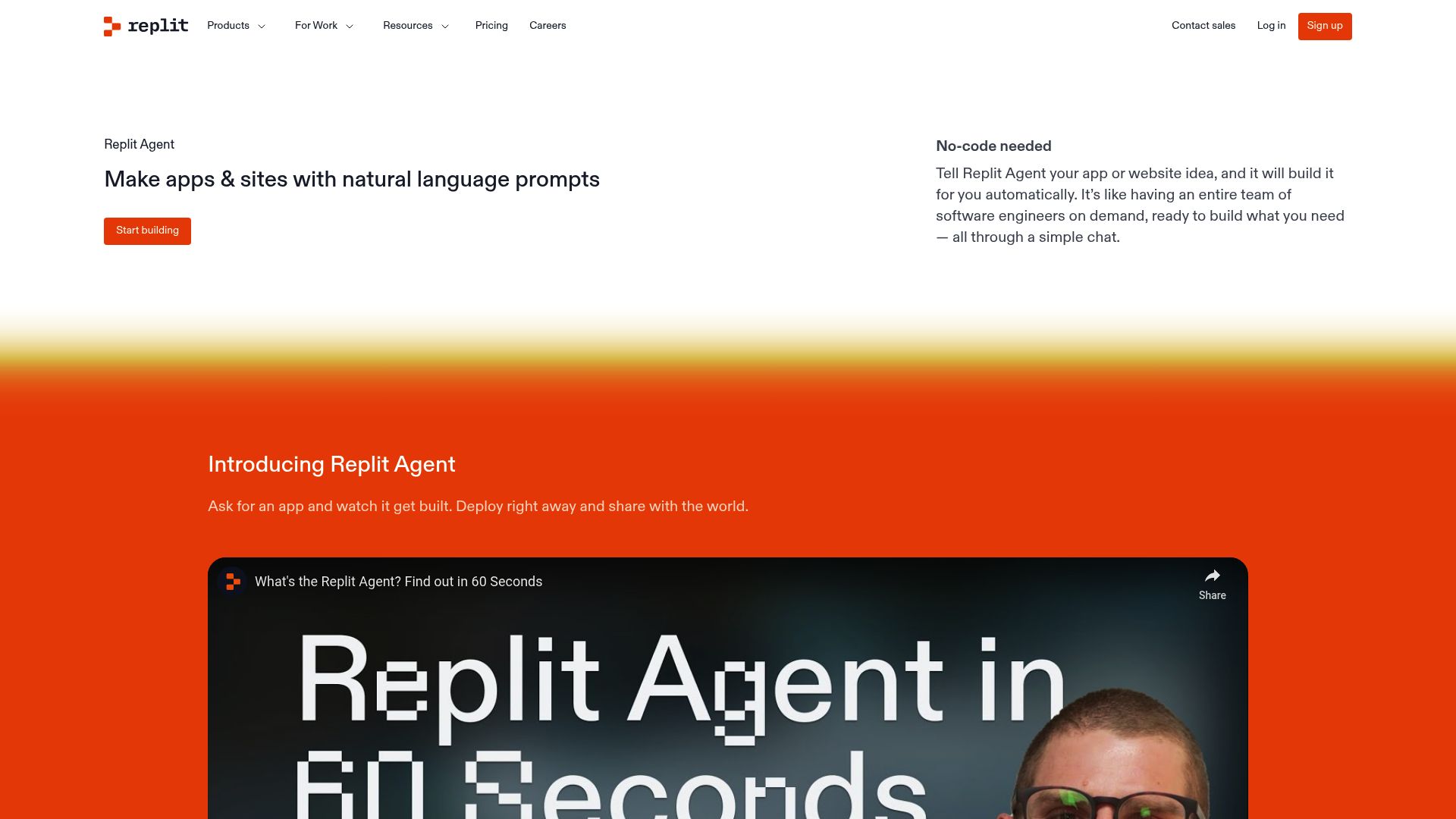
Pricing:
- Included in Replit Pro ($20/month)
Core Features:
- Real-time code suggestions
- On-the-fly bug detection
- Instant deployment and hosting
Key Benefits:
Ghostwriter streamlines the coding process, making it possible to go from idea to deployment without leaving your browser. Its collaborative features make it a unique ai tool for code for group projects and learning environments.
Target Audience:
- Educators
- Students
- Indie developers
- Rapid prototyping teams
Pros:
- User-friendly interface
- Cloud-based accessibility
- Wide language support
Cons:
- Requires use of the Replit platform
- Less suited for large-scale enterprise projects
Quick Glance Table:
| Feature | Replit Ghostwriter |
|---|---|
| Pricing | $20/mo (Pro) |
| Languages | 50+ |
| IDE Integration | Browser-based |
| Best For | Education, prototyping |
For those who value simplicity and collaboration, this ai tool for code makes coding and deployment a breeze.
Google Gemini Code Assist
Google Gemini Code Assist brings Google’s AI expertise to coding, offering a robust ai tool for code for cloud-native development. Its advanced models and Google Cloud integration make it a strong choice for data-driven teams.
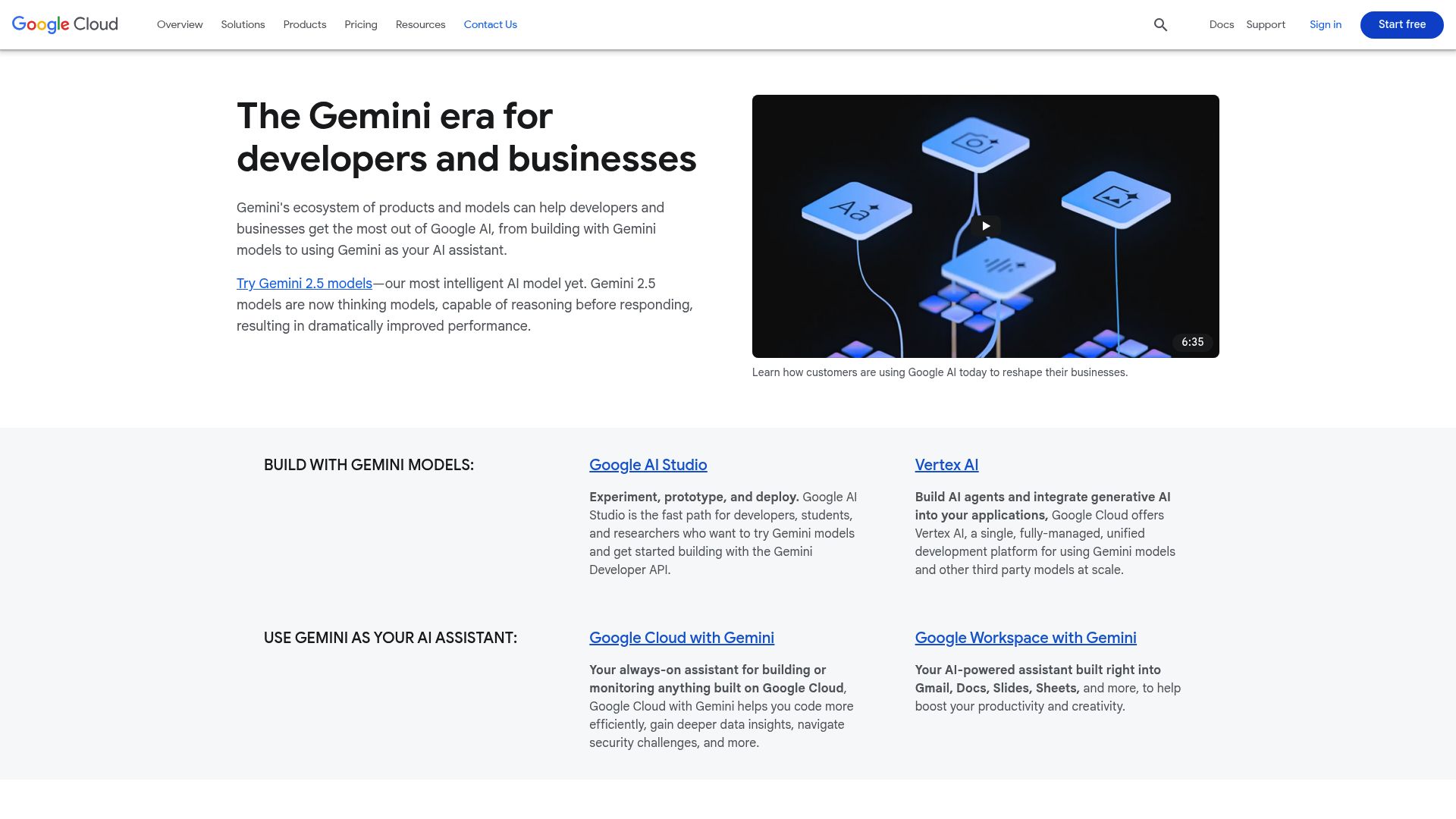
Pricing:
- Custom enterprise pricing
- Free trial available
Core Features:
- AI-powered code completion
- Context-aware suggestions
- Deep Google Cloud integration
Key Benefits:
Gemini Code Assist excels at boosting productivity for teams building on Google Cloud. Its AI leverages Google’s research in natural language and code understanding, making it a future-ready ai tool for code.
Target Audience:
- Google Cloud developers
- Enterprises
- Data scientists
Pros:
- State-of-the-art AI models
- Strong integration with Google ecosystem
Cons:
- Best value for Google Cloud users
- Enterprise focus may not suit small teams
Tool Snapshot Table:
| Feature | Google Gemini Code Assist |
|---|---|
| Pricing | Custom |
| Languages | 10+ |
| IDE Integration | Google Cloud tools |
| Best For | Enterprises, GCP teams |
If your stack is built on Google Cloud, this ai tool for code is engineered to deliver unmatched efficiency.
OpenAI Codex
OpenAI Codex is a flexible ai tool for code that enables both natural language and code-driven development. Its powerful API unlocks creative use cases, from voice coding to workflow automation.
Pricing:
- API-based, pay-as-you-go
Core Features:
- Converts natural language to code
- Supports dozens of languages
- Integrates with various platforms and tools
Key Benefits:
Codex democratizes coding by letting users describe what they want in plain English. It’s a versatile ai tool for code for prototyping, automation, and even accessibility enhancements.
Target Audience:
- Developers
- Startups
- Automation engineers
Pros:
- Flexible, platform-agnostic API
- Wide language support
- Enables innovative applications
Cons:
- Requires technical API integration
- Usage costs can add up with heavy use
At-a-Glance Table:
| Feature | OpenAI Codex |
|---|---|
| Pricing | Pay-as-you-go |
| Languages | 20+ |
| IDE Integration | API, custom |
| Best For | Startups, devs, automation |
OpenAI Codex is the ai tool for code for those looking to push boundaries and develop next-gen software solutions.
Sourcegraph Cody
Sourcegraph Cody is an ai tool for code built for teams managing large, complex codebases. Its focus on code search and Q&A makes onboarding and code reviews much more efficient.
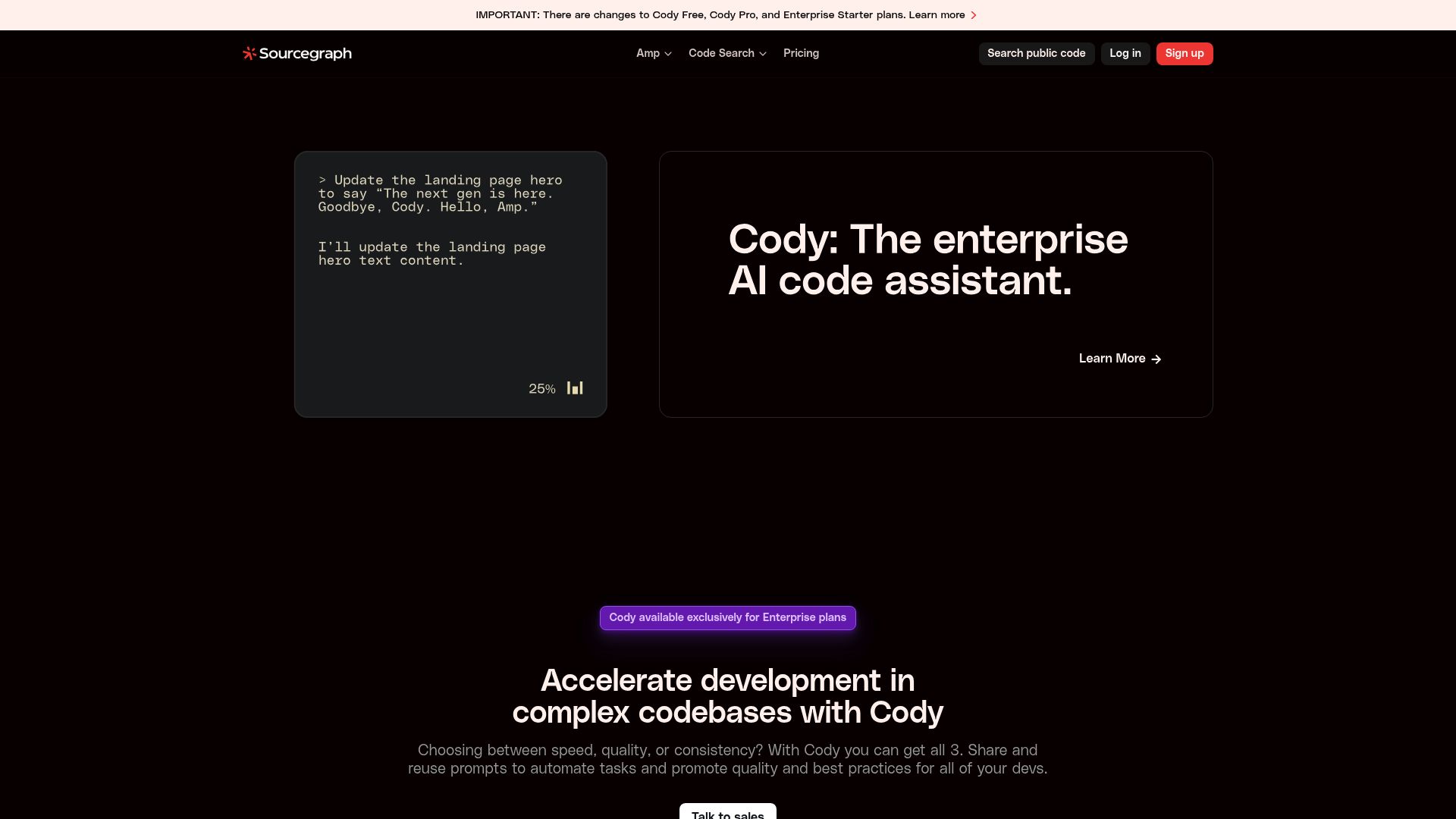
Pricing:
- Free for individuals
- Paid plans for teams
Core Features:
- AI code search
- Codebase Q&A and explanations
- Context-aware code completion
Key Benefits:
Cody accelerates understanding of massive codebases, helping teams stay productive and aligned. Its collaboration features make it an essential ai tool for code for enterprises and open-source maintainers.
Target Audience:
- Enterprise dev teams
- Open-source maintainers
- Code reviewers
Pros:
- Handles large, complex codebases
- Powerful search and Q&A
- Team collaboration tools
Cons:
- Best suited for larger teams
- Setup and integration can be complex
Comparison Table:
| Feature | Sourcegraph Cody |
|---|---|
| Pricing | Free, paid for teams |
| Languages | 10+ |
| IDE Integration | Sourcegraph, extensions |
| Best For | Large teams, OSS |
For organizations with sprawling projects, this ai tool for code is a game changer for productivity and code quality.
How to Choose the Right AI Code Tool for Your Needs
Selecting the best ai tool for code can feel overwhelming given the range of options in 2025. The right fit depends on your team’s stack, workflow, and goals. Let’s break down how to confidently navigate your choices.
Key Selection Criteria
Start by evaluating compatibility. Does the ai tool for code support your primary programming languages and frameworks? Next, check integration—can it work smoothly with your existing IDEs or cloud environments?
Pricing is another essential factor. Many tools offer tiered plans, so compare costs for individual versus team use. Scalability matters if you expect your needs to grow. For a snapshot of how these criteria stack up, see the latest AI Code Tools Market Forecast for market leaders and feature trends.
| Criteria | Why It Matters |
|---|---|
| Language Support | Ensures seamless coding |
| IDE Integration | Boosts productivity |
| Pricing | Fits budget & growth plans |
| Security & Privacy | Protects your codebase |
Choosing wisely here sets the stage for success.
Assessing Team and Project Requirements
Every team is unique, so tailor your ai tool for code choices accordingly. Consider team size—smaller teams may need simplicity, while enterprises require robust management features. Assess your team’s technical skill level and preferred workflows.
Security, compliance, and privacy are critical, especially for regulated industries. Decide if open-source flexibility or proprietary support is better for you. Aligning the tool’s strengths with your team’s actual workflow prevents costly mismatches.
List to evaluate:
- Team size and expertise
- Required security standards
- Preferred collaboration style
- Open-source vs. proprietary needs
This reflection guides you toward a truly effective solution.
Real-World Use Cases and Success Stories
Seeing how others have leveraged an ai tool for code offers valuable perspective. Startups often use these tools to launch products faster and reduce technical debt. Enterprises report measurable productivity gains and higher code quality.
Educational institutions enable students to learn coding more interactively. For example, companies have documented reduced bug rates and faster delivery cycles by integrating AI code assistants. For a broader view of industry adoption and innovation, review recent insights in the AI Code Tools Market Forecast.
Look for tools with proven ROI and active user communities to ensure ongoing value.
Tips for Effective Adoption and Integration
Maximize the impact of your ai tool for code by planning a thoughtful rollout. Start with small pilot teams and provide onboarding resources. Encourage feedback and adapt workflows as needed.
Blend AI suggestions with human review for best results. Schedule regular check-ins to measure productivity gains and identify areas for improvement.
Checklist for smooth integration:
- Pilot rollout and training
- Team feedback loops
- Combine AI with manual code review
- Track performance metrics
With these strategies, you’ll unlock the full potential of your chosen tool.
Future Trends in AI-Powered Coding Solutions
The landscape for AI-powered coding is evolving at an unprecedented pace. Innovations in AI are reshaping how developers approach problem-solving, build applications, and collaborate on projects. As we look to the future, new trends signal transformative changes for every ai tool for code.
Emerging Technologies and Innovations
AI models are becoming more advanced and versatile, enabling features like code reasoning, error prediction, and even multimodal interfaces that combine text, voice, and visual cues. The next generation of ai tool for code aims to support end-to-end software delivery, automating everything from requirements gathering to deployment.
New research is driving the integration of AI with DevOps pipelines, continuous integration, and testing frameworks. For a deeper dive into upcoming breakthroughs and their implications, see AI Trends in Software Development 2025.
The Evolving Role of Developers
As AI tools become more adept, the daily work of developers is shifting. Instead of focusing on repetitive coding tasks, developers using an ai tool for code are empowered to tackle higher-level challenges. This change encourages creativity, architectural decision-making, and critical thinking.
Collaboration between humans and AI agents is becoming the norm. Developers now guide, review, and refine code generated by AI, ensuring quality and aligning with project goals. The partnership optimizes productivity while maintaining a human touch in software creation.
Predictions for 2025 and Beyond
Looking ahead, experts forecast rapid growth in the adoption of every major ai tool for code. The market is set to expand as enterprises and startups recognize the tangible benefits in speed, accuracy, and cost savings.
However, the evolution of these tools will be shaped by new regulations, ethical frameworks, and industry standards. Expect greater focus on transparency, data privacy, and responsible AI usage—ensuring that innovation continues without compromising trust or security.
Now that you’ve seen how AI tools are reshaping the way we build software in 2025, you might be wondering what this could look like for your own projects. If you’re ready to speed up development, improve code quality, or bring your next big idea to life faster, why not explore what’s possible with a team who lives and breathes no-code and AI? Take a peek at real-world solutions and get inspired by what others have accomplished—check out See What We’ve Built for Founders Like You and imagine what we could create together.




About Big House
Big House is committed to 1) developing robust internal tools for enterprises, and 2) crafting minimum viable products (MVPs) that help startups and entrepreneurs bring their visions to life.
If you'd like to explore how we can build technology for you, get in touch. We'd be excited to discuss what you have in mind.
Other Articles
Discover six top lovable alternative picks for 2026 Compare features pricing and pros to find the best platform for your app or AI project and boost productivity
Discover the future of ai software development in 2025 with trends, tools, workflows, and best practices to boost productivity and future proof your projects.
Unlock the secrets of developing an MVP in 2025 with step by step guidance trends and tools Learn how to build test and launch a standout product faster

